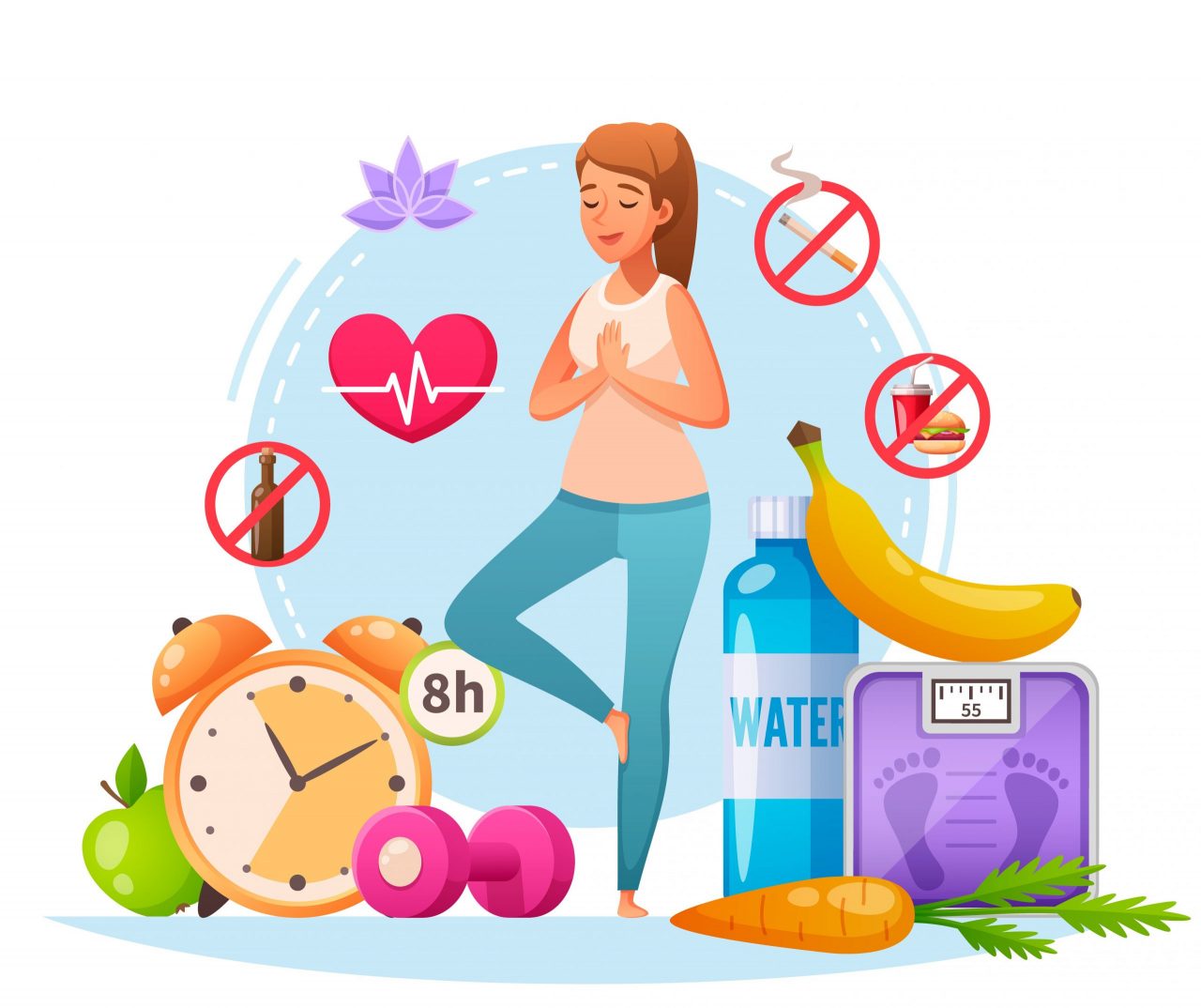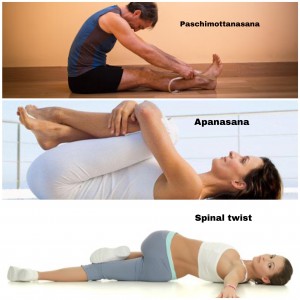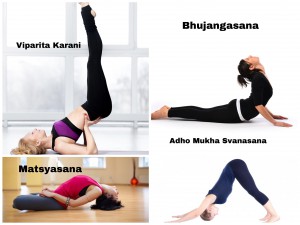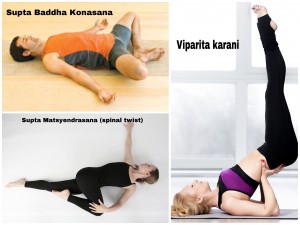 Winter is a little tough for most of us to deal with but for people suffering from asthma, it can be more challenging. When out, the cold air irritates the respiratory mucosa and exacerbates the symptoms. On the other hand, when you’re indoors, asthma triggers are present in the form of molds, pet dander and dust mites. When cold waves hit the airways or when asthma triggers enter the respiratory tract, the airways get into a spasm and produce more mucus which clogs the pathway and causes excessive coughing, wheezing and shortness of breath! So how exactly can one manage asthma during winter?
Winter is a little tough for most of us to deal with but for people suffering from asthma, it can be more challenging. When out, the cold air irritates the respiratory mucosa and exacerbates the symptoms. On the other hand, when you’re indoors, asthma triggers are present in the form of molds, pet dander and dust mites. When cold waves hit the airways or when asthma triggers enter the respiratory tract, the airways get into a spasm and produce more mucus which clogs the pathway and causes excessive coughing, wheezing and shortness of breath! So how exactly can one manage asthma during winter?
Tips to Manage Asthma During Winter
Apart from getting your flu vaccines before the onset of winters and being ready with all the prescribed medicines from your doctor, here are a few simple measures which will help you manage asthma during winter.
- Limit Outdoor Activities: To prevent the flaring up of asthma because of cold air, limit your outdoor activities, especially walking or outdoor sports. Workout in a gym or at home, which will prevent any shortness of breath and will also help in boosting physical fitness.
- Cover Your Face While Going Out: Drape a scarf over your mouth and nose or wear a winter mask covering the lower part of your face whenever you go out. It will warm the air up a bit before you breathe.
- Prevent Mold Formation In The House: Keep the house dry and clean to prevent the formation of molds. We can prevent the growth of dust mites and molds by ventilating the house, especially the kitchen and bathroom, with exhaust fans. Prevent moisture formation on hidden areas and dry all the wet places. Be sure to repair any leaky pipes, roofs and windows.
- Prevent the Spread of Infections: Cold and flu viruses are on the rise in winter and can exacerbate the symptoms of asthma. Prevent catching these infections by washing your hands thoroughly for at least 20 seconds with soap and water, using hand sanitizer whenever you’re out and maintaining distance from people who are infected.
- Keep Yourself Hydrated: Drinking good amount of liquids is helpful in thinning down the mucus in the lungs which can then be easily expelled. Lukewarm water, herbal teas, hot clear soups, etc. are quite effective in soothing sore respiratory mucosa. Avoid drinking cold water or cold beverages as cold irritates the respiratory mucosa and can exacerbate the attack.
- Use Essential Oils: Eucalyptus oil has been used since ages for various infections, predominantly asthma and bronchitis. Put a few drops of eucalyptus oil in hot water and inhale the vapours for a few minutes. This will help you find relief from breathlessness! Lavender and Basil oils are quite effective as well.
- Include Anti-inflammatory Food Daily: Include Omega-3 fatty acids rich food like fish, flax seeds and nuts more regularly during winter. This will help reduce inflammation in the body. Antioxidant-rich foods like seasonal fruits, fresh and colourful vegetables also help in cleansing the body by destroying the toxins accumulated in the body cells. This helps in boosting the body’s immune response to various infections.
- Practice Yoga: Gloomy days in winter also contribute in increasing stress levels. High-stress levels can trigger the symptoms of asthma. Deep breathing exercises, as done in pranayama, can be helpful in improving lung efficiency in people with asthma as well as relieving the stress!
We hope this article helps you manage asthma during winter! If your symptoms get too severe, visit your doctor immediately. For home remedies and more information on asthma, you can ask a GOQii Coach by subscribing for Personalised Health Coaching here.
#BeTheForce
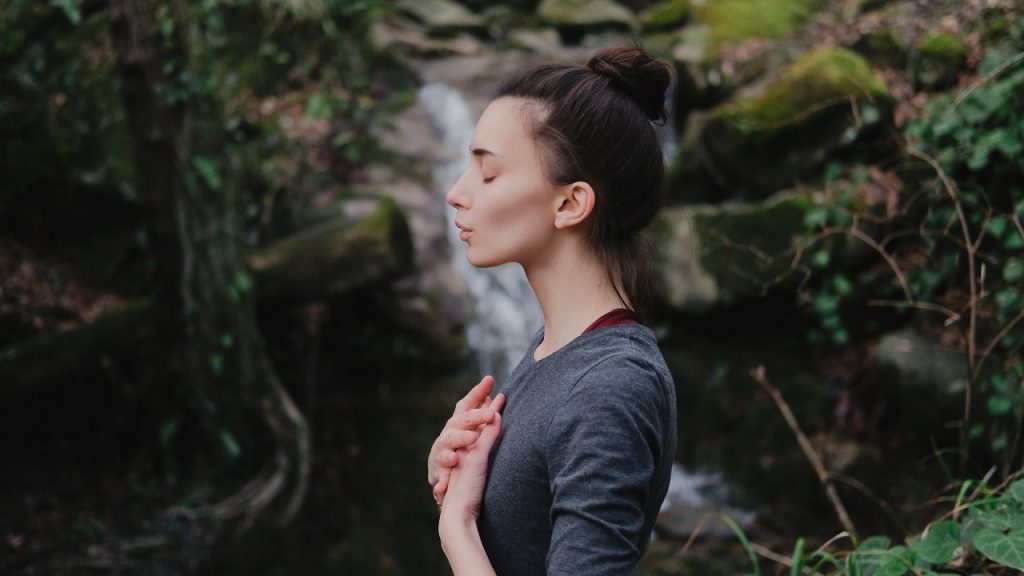
 Diabetes has become one of the most common lifestyle disorders affecting both, urban and rural areas alike. You can attribute this to overeating, obesity, stressful, busy and sedentary lifestyles which lead to the early symptoms of diabetes. This also includes lack of proper nutrition which leads to disturbed glucose metabolism. Heredity is also a major factor in the development of the disease. It is usually misunderstood that eating only refined sugar in excess will lead to diabetes but that’s not the case. Excess intake of proteins and fats also leads to development of diabetes because ultimately they are also metabolized and converted to glucose.
Diabetes has become one of the most common lifestyle disorders affecting both, urban and rural areas alike. You can attribute this to overeating, obesity, stressful, busy and sedentary lifestyles which lead to the early symptoms of diabetes. This also includes lack of proper nutrition which leads to disturbed glucose metabolism. Heredity is also a major factor in the development of the disease. It is usually misunderstood that eating only refined sugar in excess will lead to diabetes but that’s not the case. Excess intake of proteins and fats also leads to development of diabetes because ultimately they are also metabolized and converted to glucose.